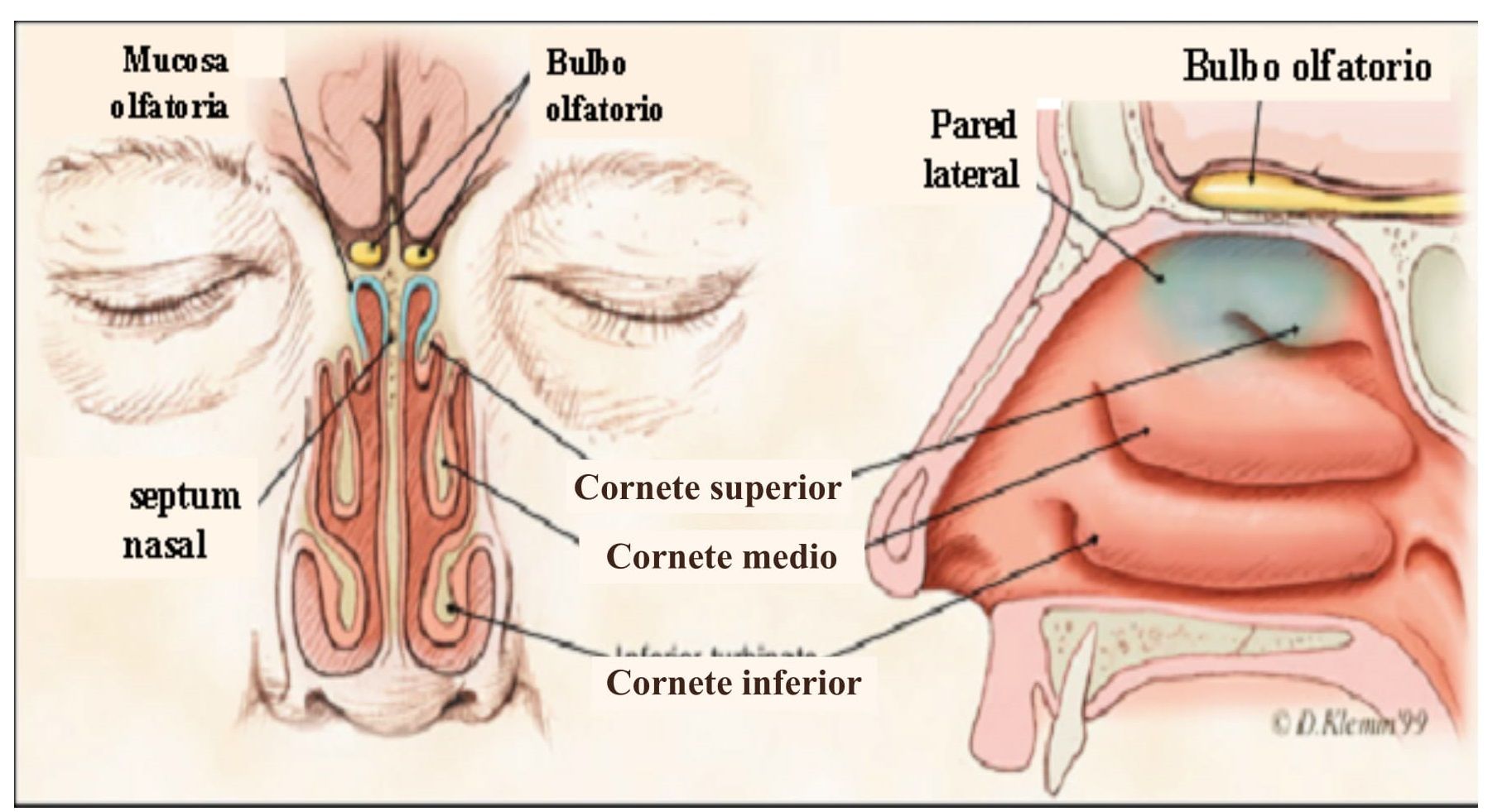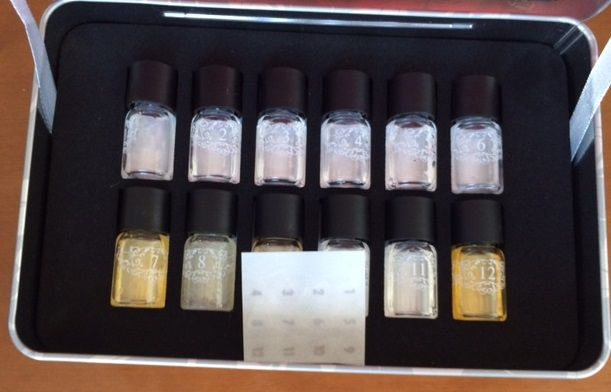

Prueba de olfatometria
CHANGES TO SENSE OF SMELL
We sense smell via the uppermost part of the nostrils, where the receptors cover a surface area of 5 cm2 and contain around 10 million receptor cells, which are coated with a mucous that dissolves the odour-transporting particles. Human beings are able to identify between 2,000 and 4,000 different odours.
The total or partial loss of one’s sense of smell (olfactory function) will have a considerable impact on quality of life. We only realise the importance of the sense of smell when we lose it; it entails the loss of taste or nuances of taste. Tongue receptors are only able to distinguish saltiness, sweetness, acidity and bitterness; all other tastes are perceived through our sense of smell.
What are the causes and treatments for alterations to sense of smell?
The most common cause of sense of smell loss is age. 25% of people over 50 have reduced olfactory function and around 30% of people over 75 will lose their sense of smell completely.
Other causes can be nasal (rhinitis, polyps, catarrhal processes such as the common cold, sinusitis, nasal growths or tumours, radiotherapy on nasal mucous, etc.), extranasal (diabetes, changes to the kidney, congenital disorders, tobacco or cocaine use, trauma to the skull etc.) or intracranial (Alzheimer’s disease, Parkinson’s disease, intracranial tumours, etc.).
In each case a consultation with a ENT (ear, nose and throat) specialist is vital. The specialist will perform a thorough examination of the affected organs, endoscopy and additional tests (smell tests, CAT and MRI scans) to identify the cause of the sense of smell loss and determine the most suitable treatment.